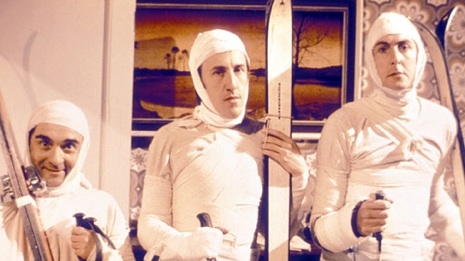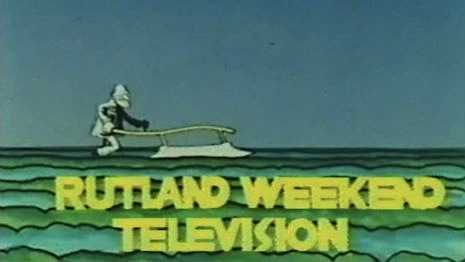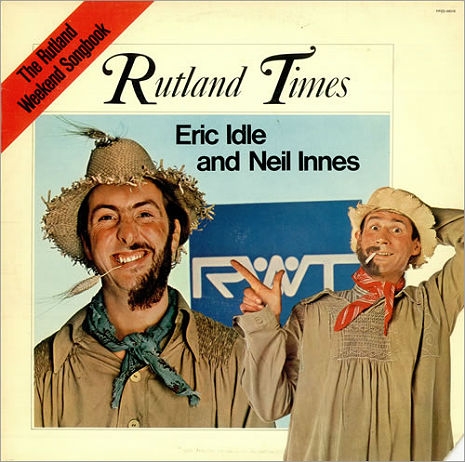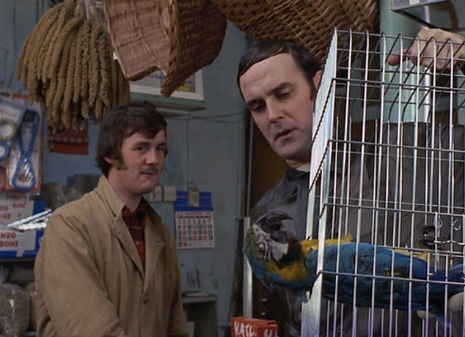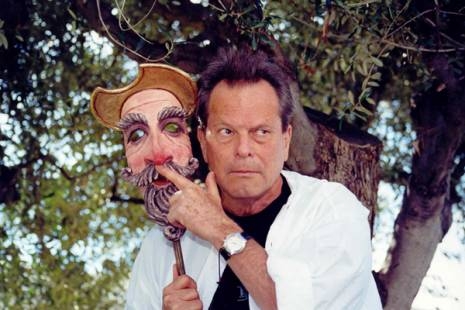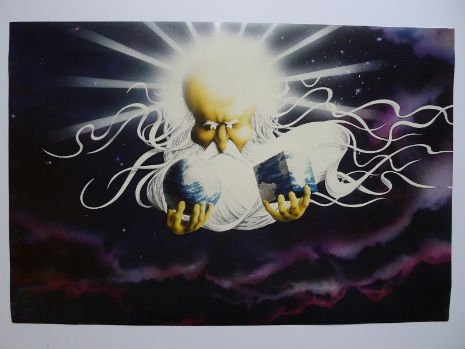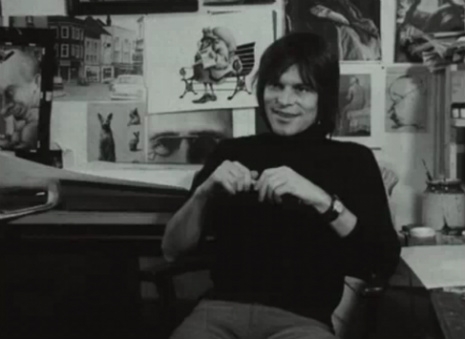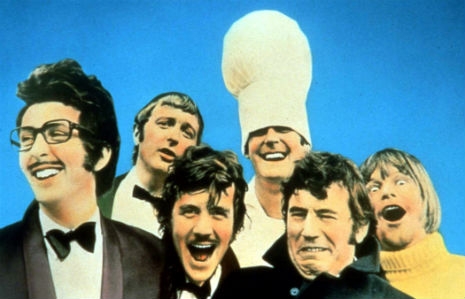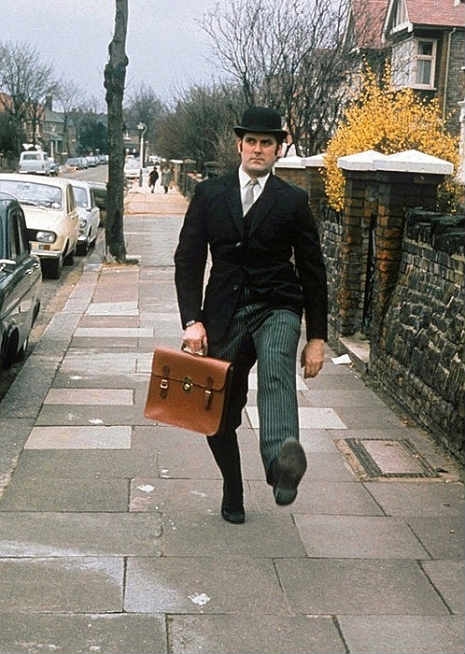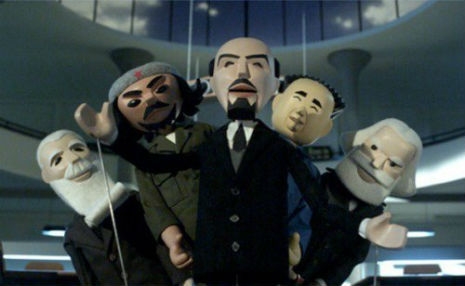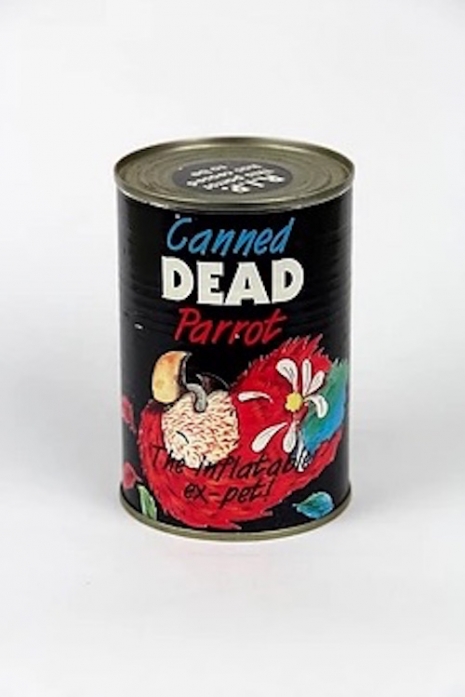
Canned Dead Parrot. Created in 1994 by Bear, Bear & Bear LTD. Prior to obtaining an official licence from the Python’s, the company did their best to rip off the “Dead Parrot” Sketch” from 1969. Although the can does not contain any direct mention of Monty Python, it’s very clearly a reference to their famous skit. Inside the can is a plastic bird cage with a toy parrot hanging upside down.
If your dream has been to one day be the proud owner of a loo roll (that’s toilet paper for our non-UK readers) officially sanctioned by Monty Python’s Flying Circus, then today my silly-walking friend is your lucky day. According to the website Monty Python’s Daily Llama there are allegedly 1,500 different items currently up for auction, such as the promotional foot that was created in conjunction with the Spamalot musical at New York’s Shubert Theatre in 2005, and an actual container of “Canned Dead Parrot” which is a clever nod to one of the most memorable moments from the Flying Circus television series (the Dead Parrot Sketch performed by John Cleese and Michael Palin). Many of the items were produced in small quantities like the 1072 bottles of “Spamalot” steak sauce that were released in 2007 in honor of the musical’s run at London’s Palace Theatre, making them incredibly rare collectibles in many cases.
If you’re a Python super-fan like I am I’m sure you’re going to strongly consider picking up something from the auction, which includes a wide array of vintage posters from the U.S. and Germany and a even copy of the 1990 Monty Python’s Flying Circus computer game from 1990. Say WHAT? More information on the items up for auction can be found on Monty Python’s Daily Llama. I’ve posted a number of my favorite items from the auction below along with some background information pertaining to their creation, rarity and history. As great as some of this stuff is I would have liked to have seen a piece of “Venezuelan Beaver Cheese,” a “hovercraft full of eels” or even an action figure based on Michael Palin’s bicycling enthusiast “Mr. Pither.” But you can’t always get what you want, can you?
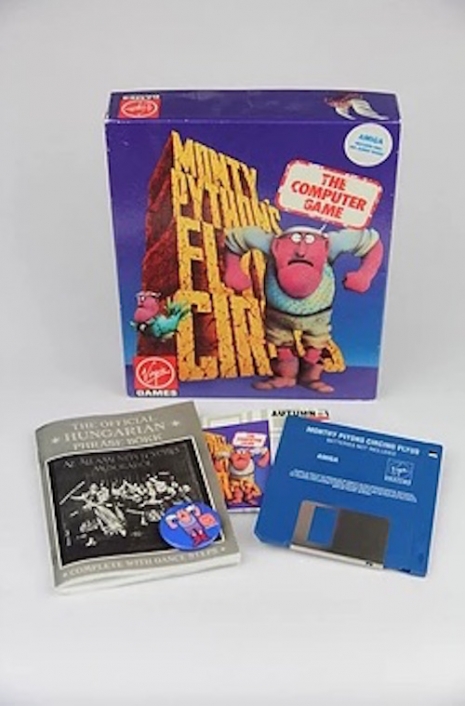
This computer game was the very first officially licensed product by Monty Python’s Flying Circus. Made by Core Design, the same company that put out ‘Tomb Raider,’ the 2D shooter had the players help “D.P. Gumby” find four missing pieces of his brain.
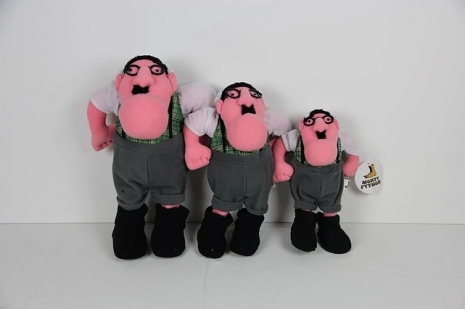
“Gumby” plush figures. Ranging in size from nine, twelve and fourteen inches tall these plush figures were the first toys officially licensed by the Pythons.

Another cheeky creation from Bear, Bear & Bear LTD. Incredibly this roll of toilet paper contains famous images and quotes from the ‘Monty Python’s Flying Circus’ TV series such as the “Ministry of Silly Walks”; “Nudge, Nudge”; everyone’s favorite gender-bending sing-along “The Lumberjack Song” and others. Comes with faux fingerprints in accordance with the box’s claim that this TP is in “slightly used” condition.

This promotional “coconut” was sent to members of the press and Python VIPs as a part of the “Special Edition” release of ‘Monty Python and the Holy Grail’ by Columbia/Tristar Home Entertainment. An actual coconut it was outfitted with a zipper in the middle that when opened revealed a promotional t-shirt.
More Monty Python memorabilia for you to spend your money on, after the jump…






